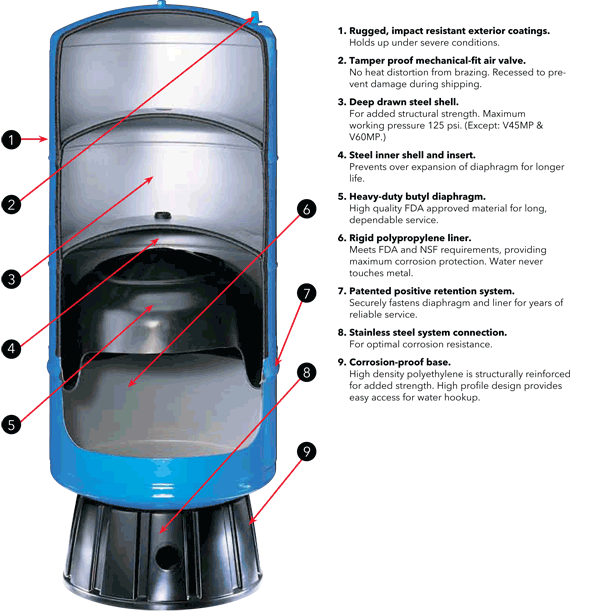Taylorjm
Active Member
So I bought a house with a 4" submersible well that leads into the basement of the house and into a tank with an air bladder. There's a 40/60 pressure switch to control the pump. Not having any problems, but recently turned off the pump and drained the bladder tank and started thinking. So if this bladder tank, fills up from the bottom while the pump is running and pressurizing all the house pipes, how does any air get out of the water part of the bladder tank? Seems like the tank would end up with a pocket of air at the top against the bladder. What am I missing?

